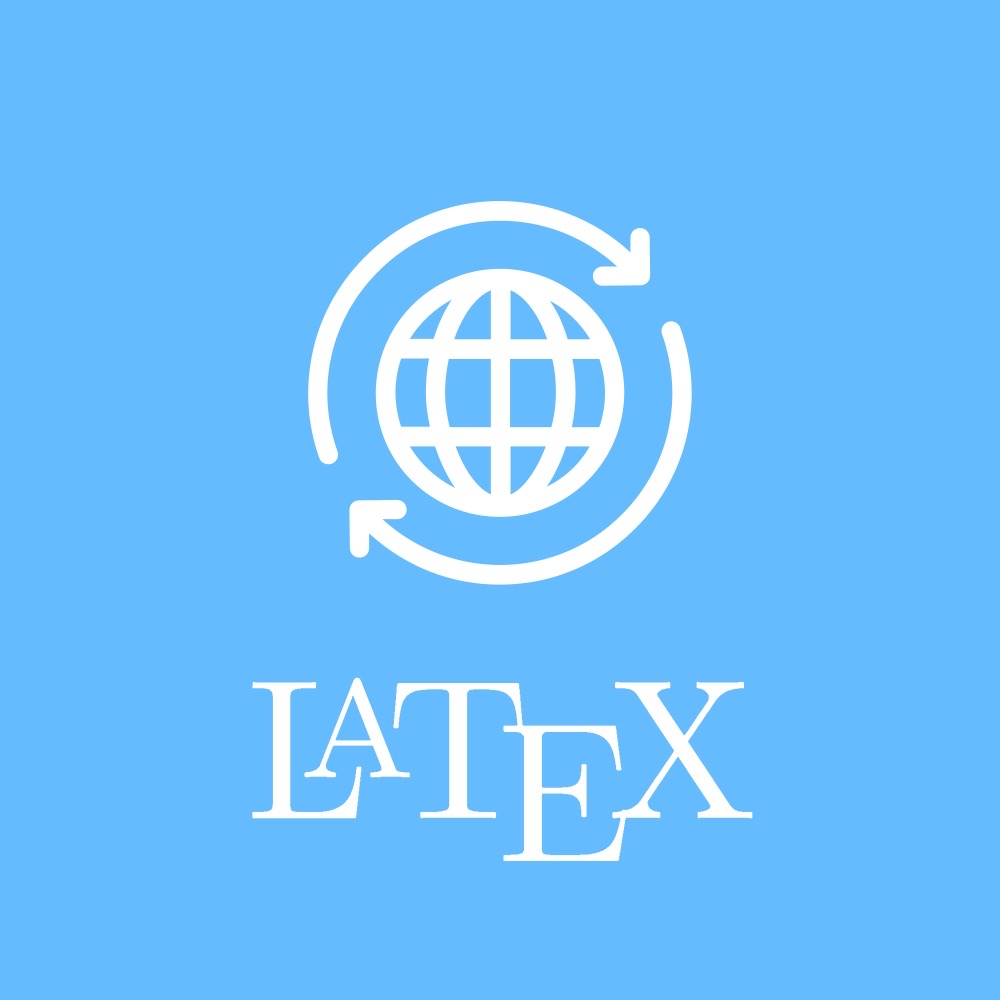If you see this, something is wrong
Collapse and expand sections
To get acquainted with the document, the best thing to do is to select the "Collapse all sections" item from the "View" menu. This will leave visible only the titles of the top-level sections.
Clicking on a section title toggles the visibility of the section content. If you have collapsed all of the sections, this will let you discover the document progressively, from the top-level sections to the lower-level ones.
Cross-references and related material
Generally speaking, anything that is blue is clickable.
Clicking on a reference link (like an equation number, for instance) will display the reference as close as possible, without breaking the layout. Clicking on the displayed content or on the reference link hides the content. This is recursive: if the content includes a reference, clicking on it will have the same effect. These "links" are not necessarily numbers, as it is possible in LaTeX2Web to use full text for a reference.
Clicking on a bibliographical reference (i.e., a number within brackets) will display the reference.
Speech bubbles indicate a footnote. Click on the bubble to reveal the footnote (there is no page in a web document, so footnotes are placed inside the text flow). Acronyms work the same way as footnotes, except that you have the acronym instead of the speech bubble.
Discussions
By default, discussions are open in a document. Click on the discussion button below to reveal the discussion thread. However, you must be registered to participate in the discussion.
If a thread has been initialized, you can reply to it. Any modification to any comment, or a reply to it, in the discussion is signified by email to the owner of the document and to the author of the comment.
Table of contents
First published on Friday, Aug 22, 2025 and last modified on Wednesday, Aug 27, 2025 by François Chaplais.
I am normally hidden by the status bar
1 Tables
The LaTeX rendering of tables is awful. It has been designed for print in black and white. Fortunately, LaTeX2Web renders LaTeX tables in a way that makes them more usable.
LaTeX tables are actually wrappers for LaTeX tabular environments, which contain the actual data. Here is a minimum LaTeX table. Rows are automatically “striped”, and they change tint on hever.
| one | two | three |
| four | five | six |
Here is the code.
\begin{table}
\caption{A minimal example}
\begin{tabular}
one & two & three \\
four & five & six
\end{tabular}
\end{table}Normally, a LaTeX tabular environment takes a second parameter which specifies the vertical bars and alignment for each column. \hline commands have been added to the rows to add horizontal dividers.
| one | two | three |
| four | five | six |
Note: we use the Bootstrap framework which interferes with the way the borders are drawn.
Here is the code.
\begin{table}
\caption{An example with column alignment}
\begin{tabular}{|l|c|r}
\hline
one & two & three \\
\hline
four & five & six \\
\hline
\end{tabular}
\end{table}You can expand the table to full window width by clicking on the icon.
2 Summary
Summary 1
Tabular data is encapsulated in a tabular environment. Rows are separated by double backslashes \ \ , and columns are separated by ampersand & characters. Cells must consist in running text.
Tables are a wrapper for tabular data that adds a caption. Tables can be expanded to full window width.
3 CSV tables
CSV tables are LaTeX2Web specific environment which displays a table directly form a CSV file, with sorting abilities. Here is an example.
|
Header one
|
Header 2
|
|---|---|
| I am a string | 1.5 |
| Strings are sorted alphabetically | 1 |
| Numbers are sorted numerically | 1.25 |
A sample CSV table
Here is the code.
\begin{csv}
\caption{A sample CSV table}
\url{EditMe.csv}
\end{csv}EditMe.csv is a CSV file that has been uploaded to the project. More info on CSV tables is available at the online help. CSV tables can also be expanded.
